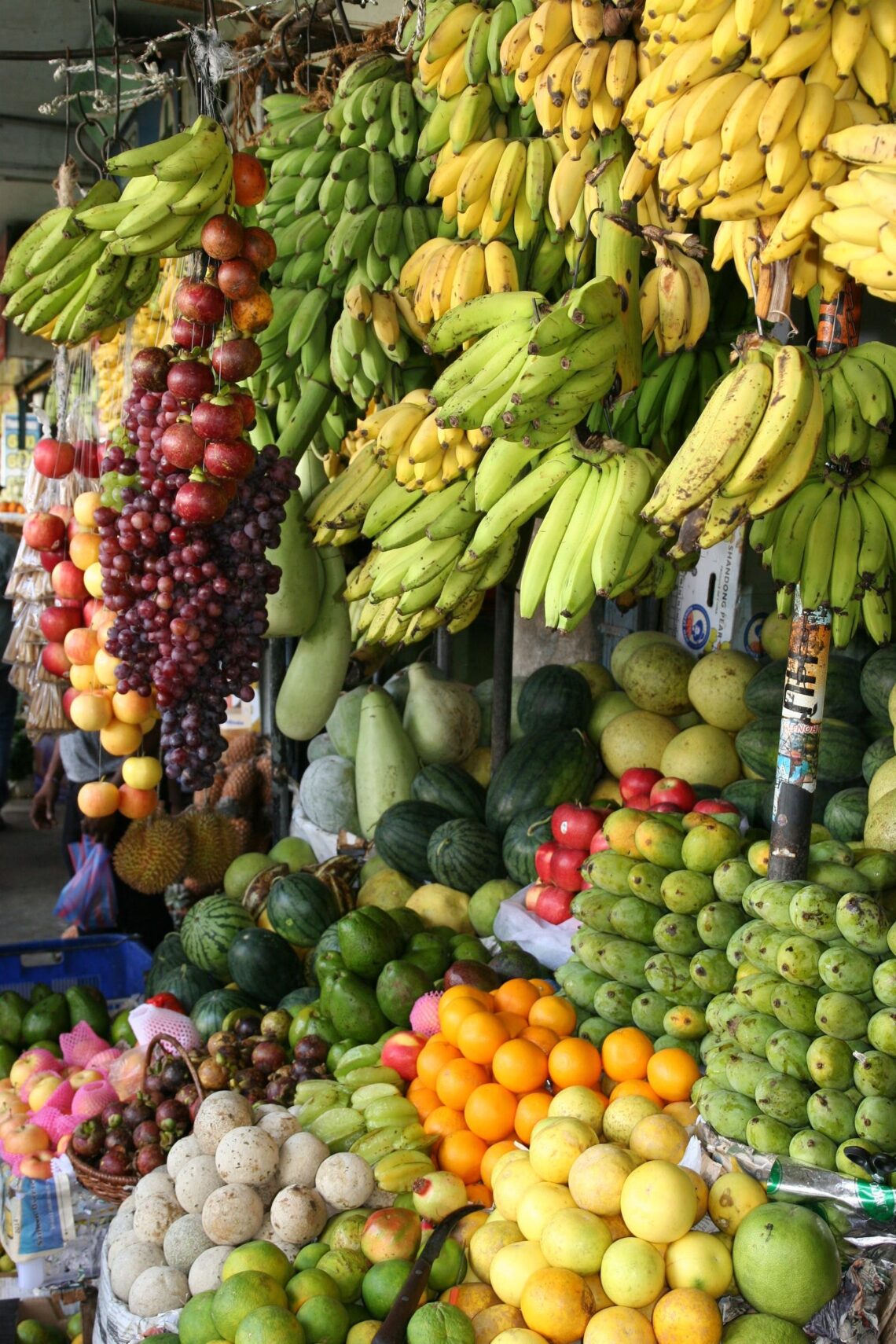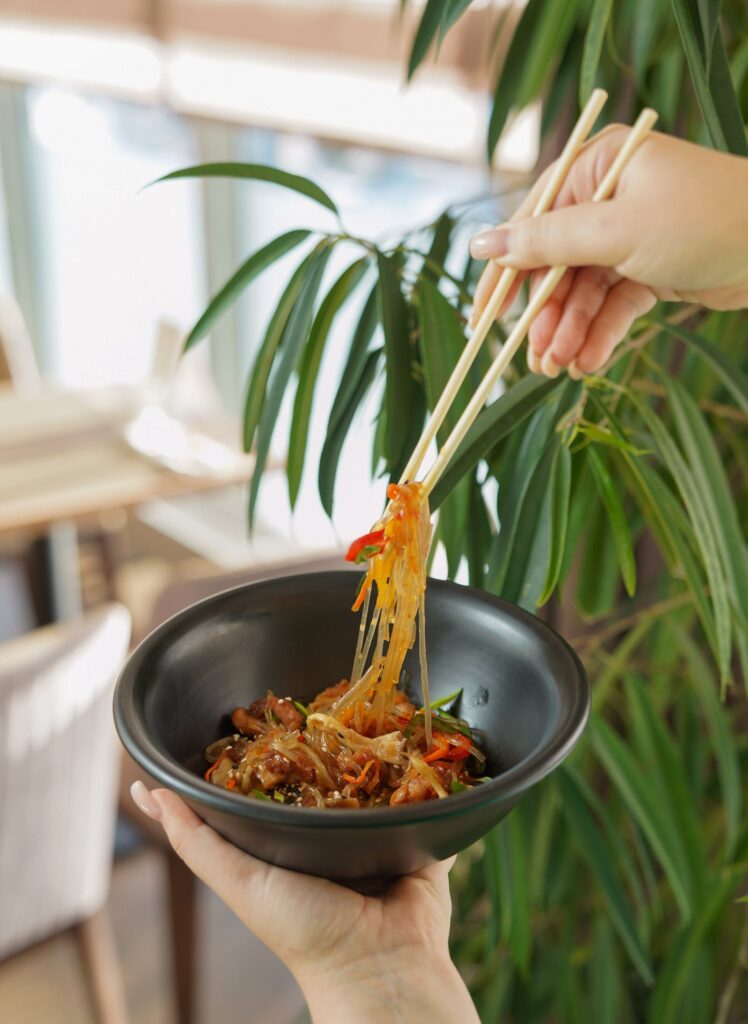
Culinary Chronicles: Tasting Your Way Around the Globe
I recently had the opportunity to embark on a culinary adventure around the world, tasting various dishes and experiencing different cultures through their cuisine. From the spicy curries of India to the savory pastries of France, each country had its own unique flavors and techniques that left a lasting impression on my taste buds.
One of the highlights of my journey was trying the street food in Thailand. The vibrant colors and aromas of the food stalls were overwhelming, and I couldn’t resist trying everything from the Pad Thai to the Mango Sticky Rice. It was an incredible experience to see the chefs expertly prepare each dish right in front of me, using fresh ingredients and traditional methods.
Throughout my travels, I learned that food is not just about sustenance, but a way to connect with people and understand their culture. Each dish tells a story and has a history behind it, and it was fascinating to learn about the origins and significance of each one. Join me as I share my culinary chronicles and take you on a journey around the globe through food.
The Concept of Culinary Tourism
Understanding Culinary Tourism
As a food enthusiast, I have always been fascinated by the diversity of flavors and cooking techniques found around the world. For example, there is a huge difference between brazilian bbq miami and Southern USA bbq, despite them being similar cuisines. Culinary tourism is a concept that has gained popularity in recent years, as more people are seeking unique and authentic food experiences as part of their travel adventures.
Culinary tourism refers to the act of traveling to a destination specifically to experience the local cuisine and food culture. This can involve exploring local markets, trying traditional dishes, attending cooking classes, and visiting food-related festivals and events. It is a way to immerse oneself in the local culture and gain a deeper understanding of the people and traditions of a particular place.
On a slightly different note, this can also include tasting a cultural dish in an exotic land. For example, if you admire Turkish cuisine, you can have it in London by going to restaurants like The Mantl. Similarly, you can find Indian dishes in the US and vice-versa. Such cross-cultural immersion can give you a chance to experience new flavours and discover the authentic tastes of various cultures at the comfort of your place.
Importance of Culinary Tourism
Culinary tourism has become an important aspect of the travel industry, as it offers a unique and memorable experience for travelers. It also has significant economic benefits for the destinations that promote their local cuisine and food culture.
By promoting their local food scene, destinations can attract more visitors, create jobs, and support local businesses. Culinary tourism also helps to preserve traditional food practices and techniques, as well as promote sustainable food systems.
In addition, culinary tourism can have a positive impact on health and well-being. Trying new foods and flavors can broaden our culinary horizons and encourage healthier eating habits. It can also provide opportunities for social interaction and community building, as food is often a shared experience.
Overall, culinary tourism is a wonderful way to explore the world and experience the diverse flavors and cultures that make our planet so unique.
Culinary Chronicles by Continents
Asia’s Culinary Delights
Asia is a vast continent with diverse cultures, and its cuisine reflects this diversity. From the spicy curries of India to the savory soups of China, there is no shortage of flavors to explore. Some of my favorite dishes include:
- Pad Thai from Thailand
- Sushi from Japan
- Biryani from India
- Pho from Vietnam
The use of fresh ingredients and bold spices makes Asian cuisine stand out, and it’s definitely worth trying.

Europe’s Gastronomic Wonders
Europe is a food lover’s paradise, with each country having its own unique dishes and flavors. From the hearty stews of Ireland to the delicate pastries of France, there is something for every palate. Some of my favorites include:
- Paella from Spain
- Pizza from Italy
- Wiener Schnitzel from Austria
- Moussaka from Greece
European cuisine is often characterized by rich, indulgent flavors and ingredients, and it’s not hard to see why it has become so popular.

North America’s Flavorful Dishes
North American cuisine is a melting pot of different cultures and flavors. From the spicy Mexican dishes of the Southwest to the seafood of the Northeast, there is no shortage of delicious food to try. Some of my favorites include:
- BBQ ribs from the Southern United States
- Poutine from Canada
- Tacos from Mexico
- Clam chowder from New England
North American cuisine is known for its bold flavors and generous portions, and it’s definitely worth exploring.

South America’s Exotic Tastes
South American cuisine is a fusion of indigenous ingredients and European influences. From the ceviche of Peru to the empanadas of Argentina, there is a wide variety of flavors to discover. Some of my favorites include:
- Feijoada from Brazil
- Arepas from Colombia
- Chimichurri from Argentina
- Cuy (guinea pig) from Peru
South American cuisine is often characterized by its use of fresh ingredients and bold flavors, and it’s definitely worth trying.

Africa’s Rich Cuisine
African cuisine is diverse and flavorful, reflecting the continent’s many cultures and traditions. From the spicy stews of North Africa to the grilled meats of South Africa, there is a lot to explore. Some of my favorites include:
- Jollof rice from West Africa
- Bobotie from South Africa
- Injera from Ethiopia
- Tagine from Morocco
African cuisine often uses a lot of spices and herbs to create rich, complex flavors, and it’s definitely worth trying.

Australia’s Unique Eats
Australian cuisine is a blend of indigenous ingredients and European influences. From the meat pies of the Outback to the seafood of the coast, there is a lot to discover. Some of my favorites include:
- Vegemite toast
- Meat pies
- Barramundi fish
- Pavlova dessert
Australian cuisine often features fresh, locally sourced ingredients and unique flavor combinations, making it a must-try for any food lover.

Tasting Techniques and Etiquettes
Understanding Different Tastes
As a food enthusiast, I have learned that different people have different tastes. Some people prefer spicy food, while others prefer sweet or salty food. Therefore, it is important to understand the different tastes and how to appreciate them.
To understand different tastes, you need to know the five basic tastes: sweet, sour, salty, bitter, and umami. Sweet taste is associated with sugar, sour taste with acidic food, salty taste with salt, bitter taste with coffee or dark chocolate, and umami taste with savory foods like meat or mushrooms.
When tasting food, it is important to pay attention to the texture, aroma, and flavor. This can be done by taking small bites, chewing slowly, and savoring the flavor. It is also important to cleanse your palate between tastings to avoid mixing flavors.
Etiquettes in Different Cultures
As a food lover, I have had the opportunity to taste different cuisines from different cultures. However, it is important to understand the eating etiquette in different cultures to avoid offending anyone.
For instance, in Japan, it is considered rude to leave food on your plate or to use chopsticks to pass food to someone else. In China, it is polite to slurp your noodles, but it is considered impolite to finish all the food on your plate.
In India, it is customary to eat with your right hand and to avoid touching food with your left hand. In Italy, it is considered rude to ask for grated cheese for seafood dishes.
When visiting a new culture, it is important to research the eating etiquette beforehand to avoid any misunderstandings. By understanding the culture and its customs, you can enjoy the food and the experience without offending anyone.
Culinary Chronicles: Case Studies
Case Study: France
One of my favorite culinary destinations is France. French cuisine is known for its rich flavors, intricate preparation techniques, and elegant presentation. During my visit to Paris, I had the opportunity to try some of the most iconic French dishes, including escargots, coq au vin, and bouillabaisse.
I was particularly impressed by the attention to detail in French cooking. Each dish was carefully crafted to highlight the unique flavors of its ingredients. The use of fresh herbs and spices added depth to the dishes, while the sauces were perfectly balanced and complemented the main ingredients.
Case Study: Japan
Japan is another must-visit destination for foodies. Japanese cuisine is all about simplicity, balance, and harmony. During my trip to Tokyo, I sampled some of the best sushi, ramen, and tempura I’ve ever had.
What impressed me most about Japanese cuisine was the emphasis on freshness and quality. The sushi I had was made with the freshest fish, and the ramen broth was slow-cooked for hours to achieve the perfect flavor and consistency. The attention to detail in Japanese cuisine is truly remarkable.
Case Study: Mexico
Mexico is a vibrant and colorful country with a rich culinary heritage. During my visit to Mexico City, I had the opportunity to try some of the most delicious and authentic Mexican dishes, including tacos al pastor, mole poblano, and chiles en nogada.
What I loved most about Mexican cuisine was the use of bold flavors and spices. The dishes were bursting with flavor and had a perfect balance of sweet, salty, and spicy. The use of fresh ingredients like avocado, lime, and cilantro added freshness and brightness to the dishes.
In conclusion, these case studies showcase the diverse and delicious culinary experiences that can be found around the world. Whether you’re a foodie or just love to travel, exploring different cuisines is a great way to learn about different cultures and traditions.
The Future of Culinary Tourism
As a food enthusiast, I am excited about the future of culinary tourism. With the rise of foodie culture and social media, more and more people are traveling to experience different cuisines and culinary traditions from around the world. In fact, a recent study found that nearly 40% of travelers choose their destination based on the food and drink offerings.
As the demand for culinary tourism grows, I believe we will see more immersive and interactive experiences for travelers. This could include cooking classes, farm-to-table experiences, and food tours led by local chefs and food experts. In addition, I think we will see a greater emphasis on sustainability and ethical food practices in the culinary tourism industry.
Technology will also play a role in the future of culinary tourism. Augmented reality and virtual reality experiences could allow travelers to explore different cuisines and culinary traditions without leaving their homes. Mobile apps and online platforms will continue to make it easier for travelers to discover and book culinary experiences around the world.
Overall, I am optimistic about the future of culinary tourism. I believe it will continue to grow and evolve, offering travelers unique and unforgettable experiences that combine food, culture, and travel.
You May Also Like

The 5 Most Important Things to Do Before Booking Your Next Vacation
27 May 2023
How to Budget for a Month-Long Adventure: Essential Tips for Financial Planning
17 May 2025

